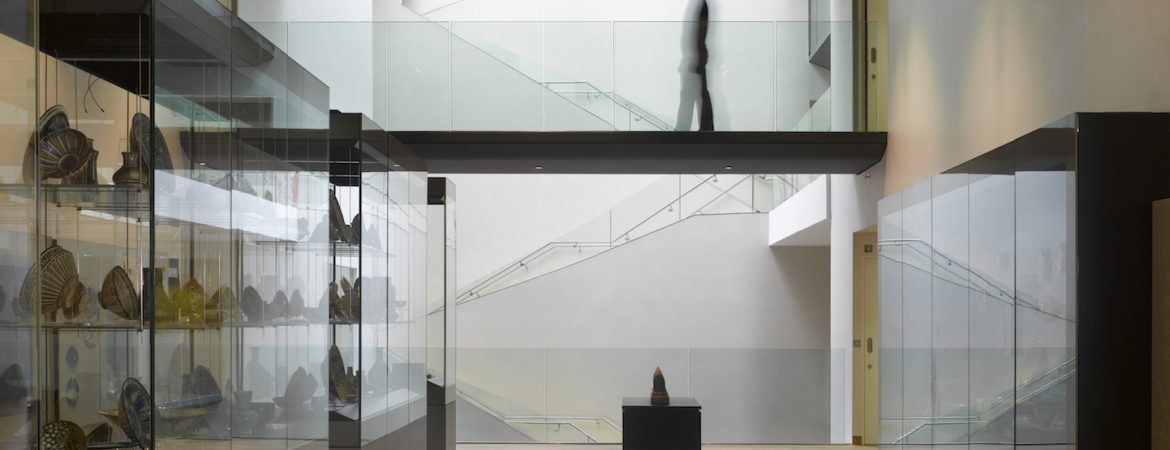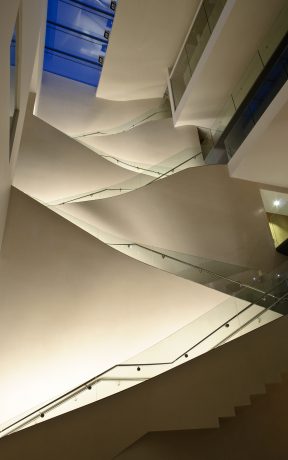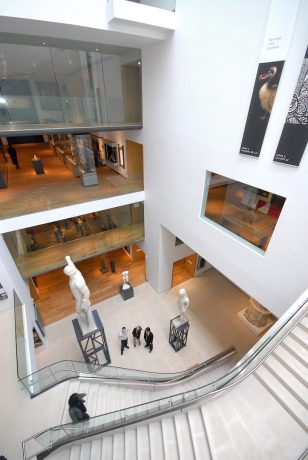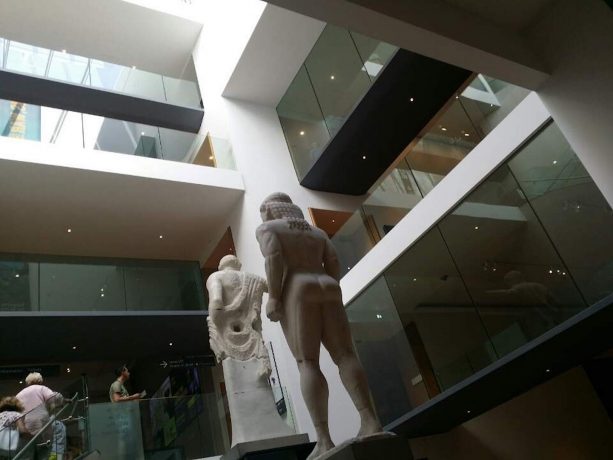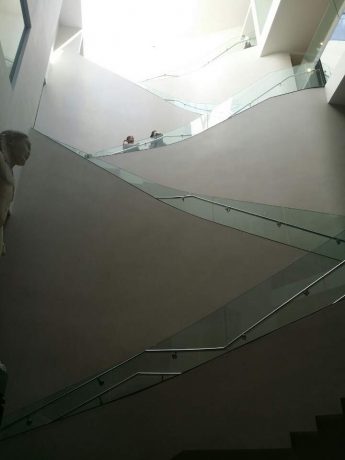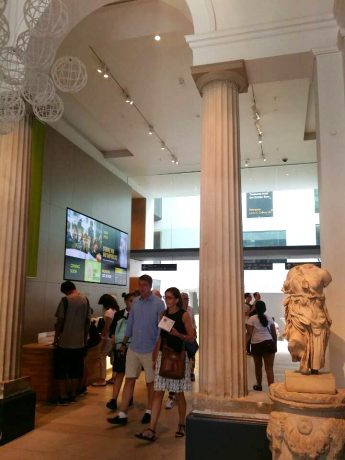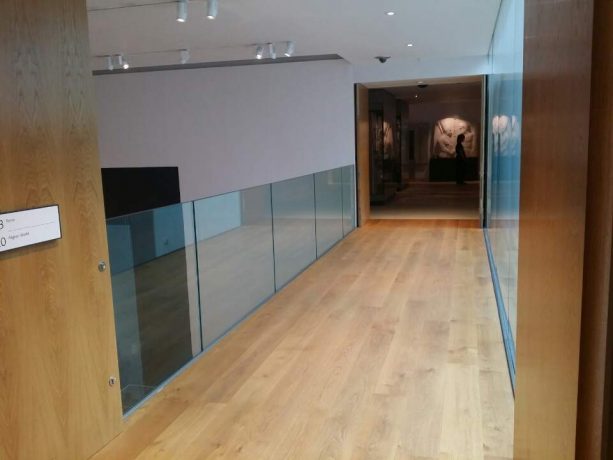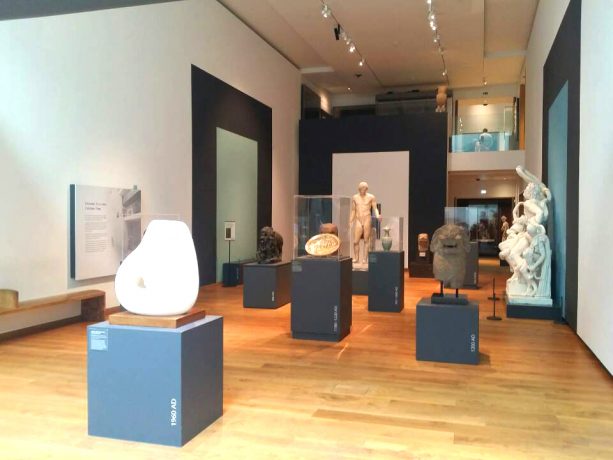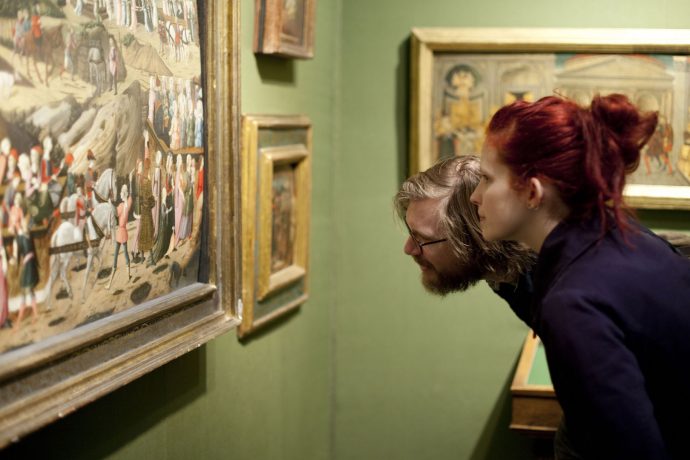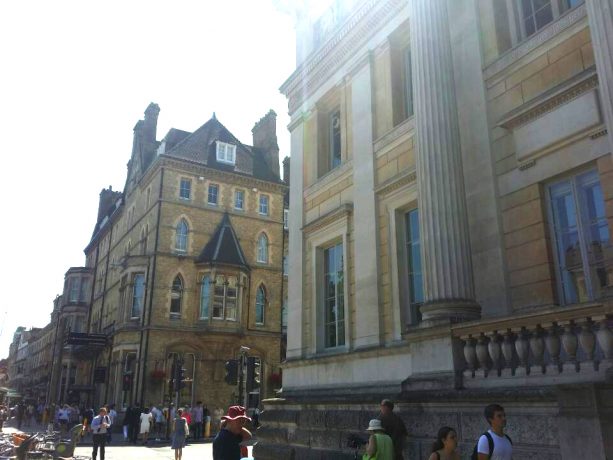The city of Oxford is relatively small in size, however it boasts a deep history and consists of many famous sites, most of which are linked with the University of Oxford. This must explain why it attracts around 7 million visitors every year, making it the 7th most visited city in the United Kingdom. The majority of the buildings and landmarks, such as the Randolph Hotel, St Mary’s Church, and the University Parks are of the Oxford University’s possession
In 1677, when a collector Elias Ashmole donated a cabinet of curiosities to the University in Oxford, this was the beginning of the creation of the first ever public museum in Britain, and another important landmark in Oxford. The Ashmolean Museum, founded in 1683, is one not to miss on a visit to the city. The impressive white facade of the museum, which looks to be inspired by the Parthenon, stands out even amongst the stunning architecture of the University buildings which it is surrounded by. Due to the typical classical Greek temple design of the original building, through which we would first encounter as we enter the museum, there is a part of us assuming the same type of grand yet solemn museum experience that we are used to.
However, on visit, we quickly come to realise that the Ashmolean surpasses these expectations, and that it is an institution built to create new ways to encounter their collection through their space.
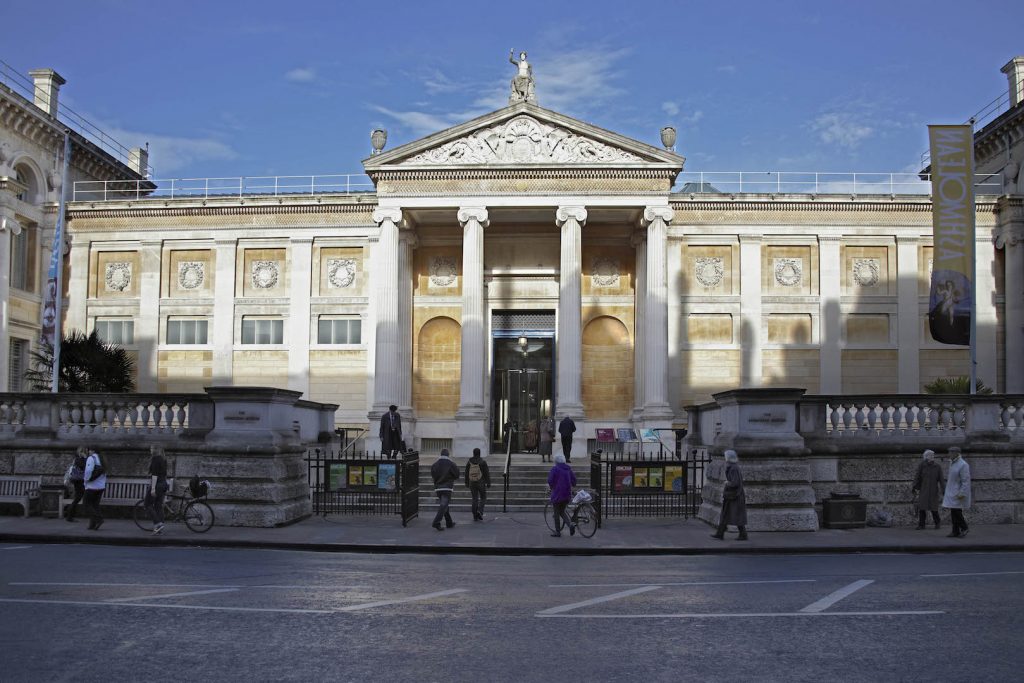
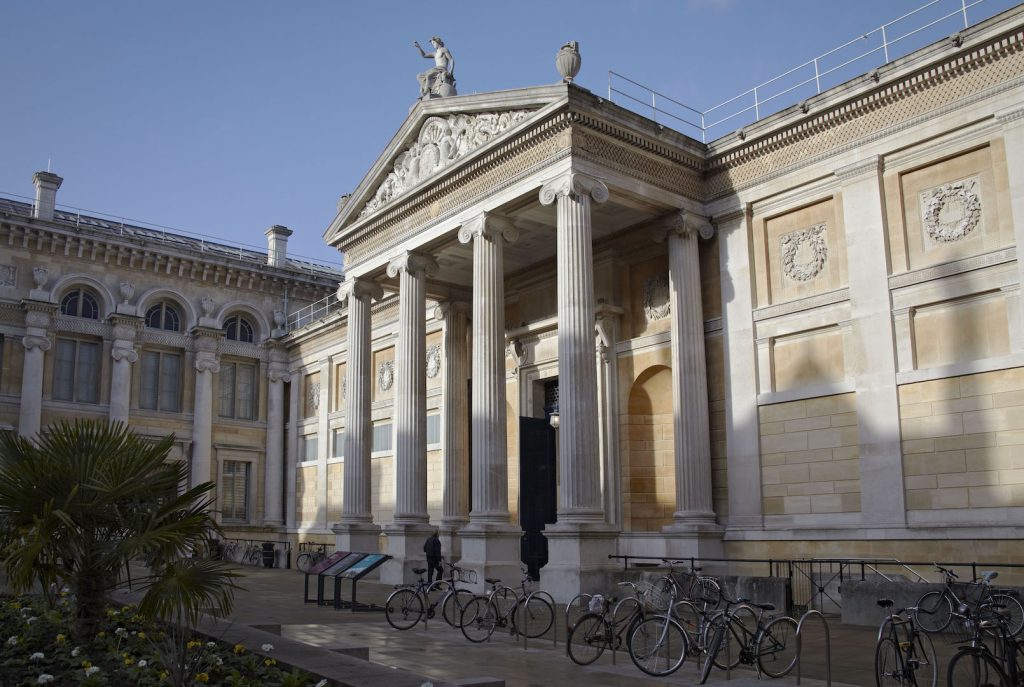
I grew up in Oxford and during my high school years, due to an art project based on the Ashmolean, I managed to spend a lot of time here, now a while back. I remember the atmosphere at the time felt a bit like a library, very quiet and sterile to the outside bustle of the city centre. This was of course before the refurbishment of the building was completed. The Museum’s major refurbishment was commissioned to Rick Mather Architects in 1999 in order to provide more space for the museum’s growing collection, and also to provide a more visitor friendly space than what they had before. Now after re-opening to the public in 2009, once inside the Ashmolean however you can see an immediate difference in aesthetic to that of the outside.
The new extension created 39 new galleries, a new education centre and conservation studios. As you come through the main entrance and onto the main hallway, you can see a lot of transparent glass used as walls, as bridges, letting in a lot of light and reflection, giving it a subtly futuristic look. Somehow this futuristic look of the building perfectly balances and compliments off the antiquities which it holds. It is amazing how a space can so enhance our experiences and engagement with the arts.
The Ashmolean does not solely exhibit antiquities, and in fact throughout its five floors holds an impressive and vast permanent collection of works ranging from ancient Egyptian archaeological finds, decorative arts, to Modern and Impressionist paintings and Contemporary works of art. I feel that it is especially after the refurbishment of the Ashmolean that it has become a more relevant platform and setting to hold major contemporary art exhibitions, such as ‘Francis Bacon / Henry Moore: Flesh and Bone’ in 2013, and ‘Andy Warhol: Works from The Hall Collection’ earlier this year, which gained media attention and a high volume of public interest.
The modern design of the building provides a platform where arts from different period of time and from different parts of the world can co-exist together. The Ashmolean claims that “the galleries are now interlinked by one theme, Crossing Cultures, Crossing Time”*. The director of the Ashmolean, Christopher Brown, said of the refurbishment that “… our ambition has been to create not just an improved and expanded version of Britain’s oldest public museum, but something significantly different in kind: a new way of showcasing the Ashmolean’s remarkable collections, for the benefit of the widest possible audience”.
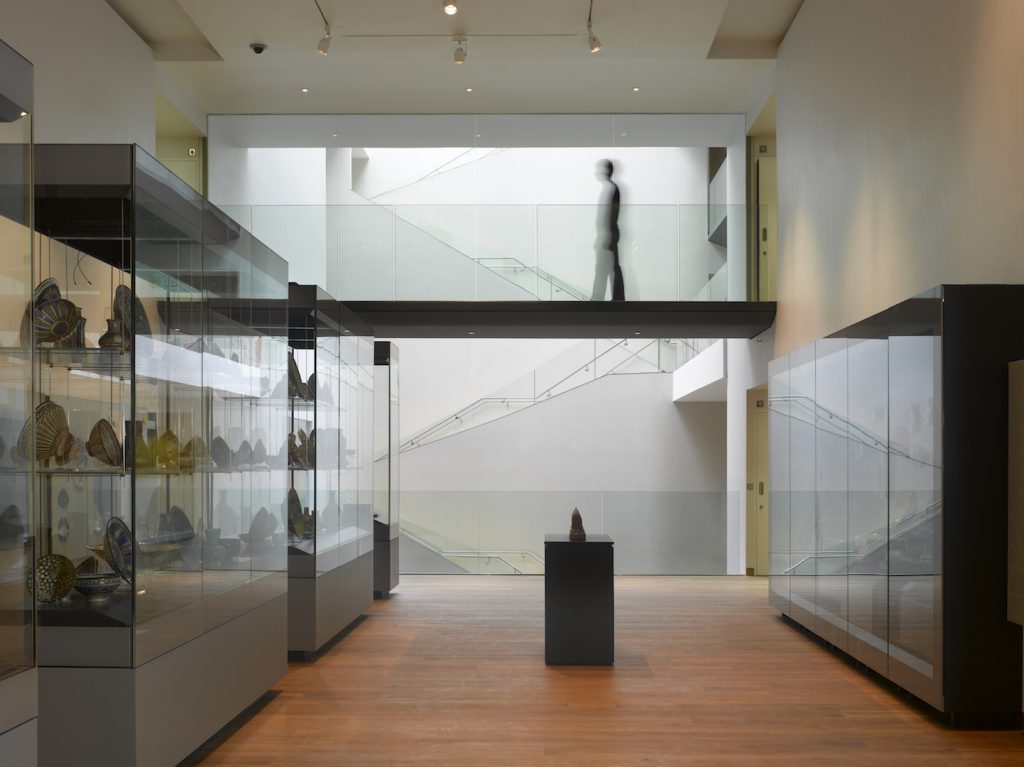
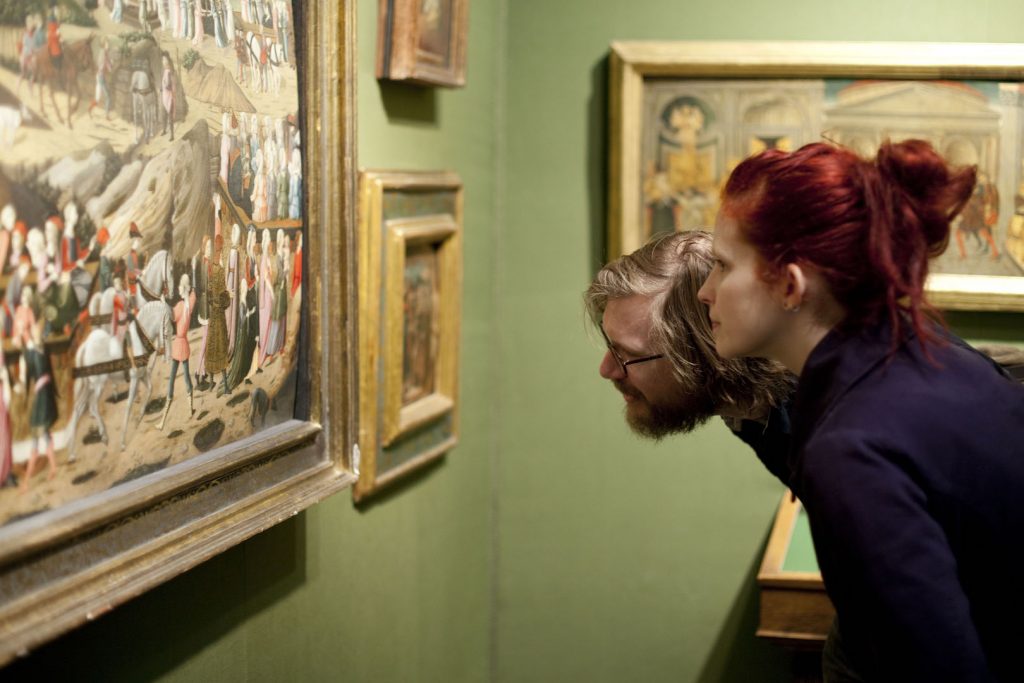
It is easy to see that this was duly accomplished; the merge of the old and new components of the Ashmolean feels by no means offensive or awkward. It much rather creates a smooth transition, giving the visitors a sense of time passed, where the visitor can appreciate the works as a person existing in modern day time.
Considering the rare, ancient artefacts that the Ashmolean holds, which are heavy with historical background, the atmosphere in which they sit within creates a fresh look in order to help us experience the amazing collection from a new perspective. I feel that this has helped the Ashmolean feel more relevant in the arts scene today, and especially towards the younger generation. Besides the space, each year the Ashmolean continues to organise an educational and engaging programme with the aim to cover the interests of audiences from all age groups, including a program with educational events aimed at infants and young children.
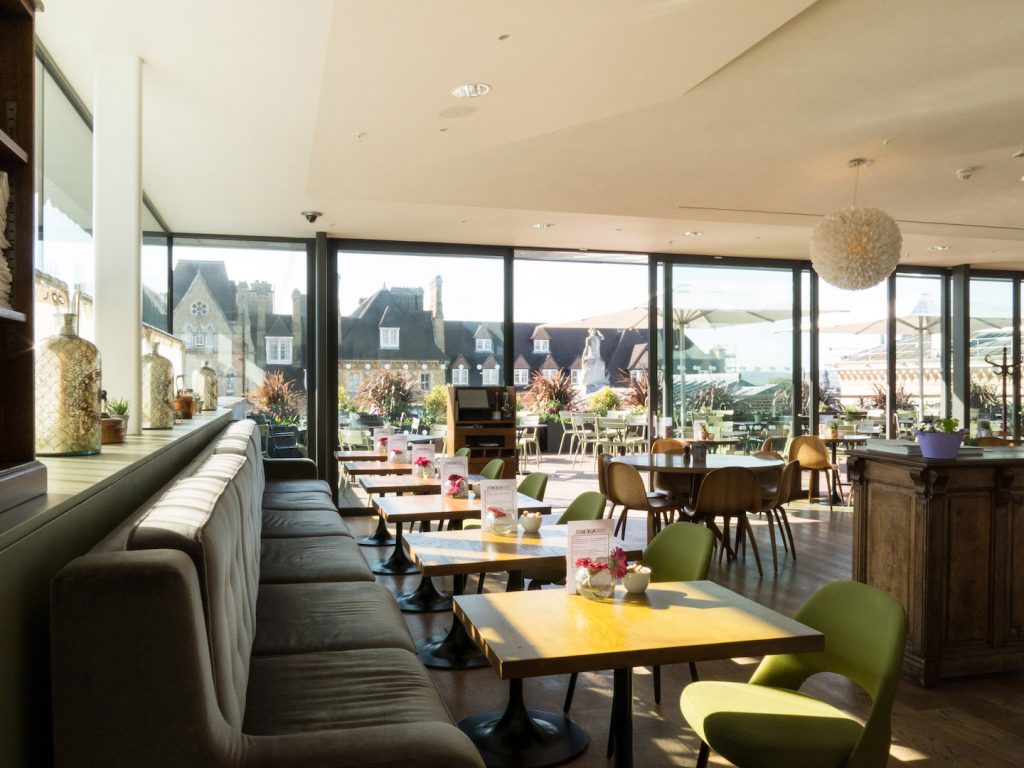
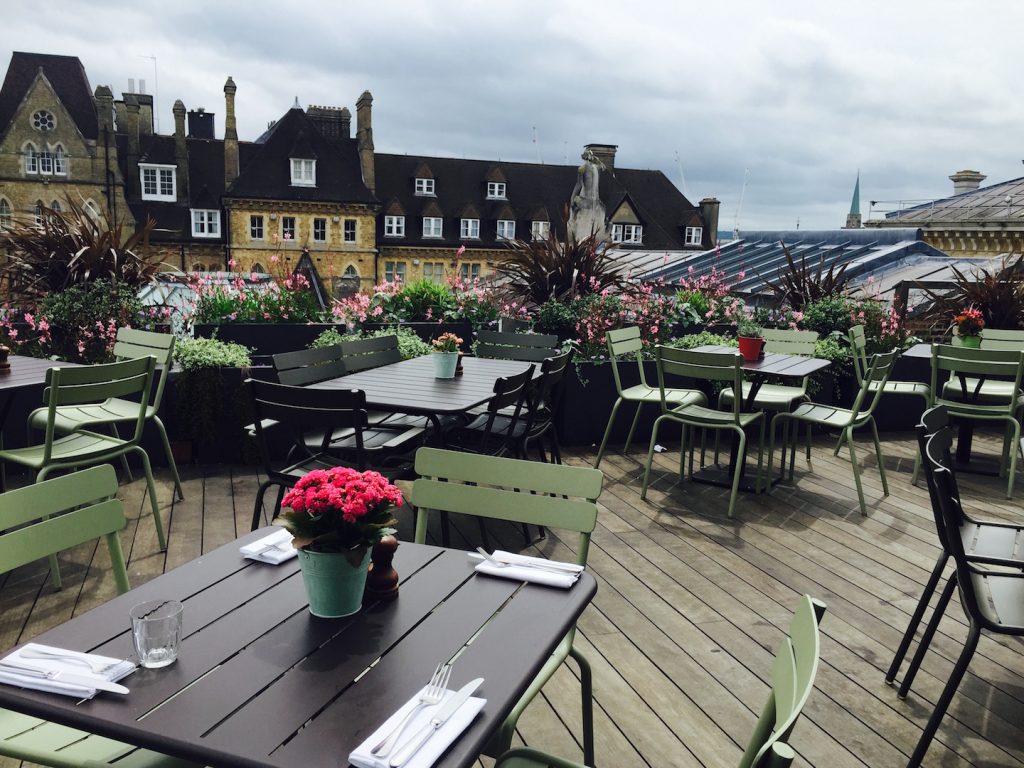
The Ashmolean has always been eager to engage with the community through these programs, and even in the run up to the opening of the museum they launched a beautiful photographic campaign, taking portraits of celebrities and local residents alike, posing with artefacts from the collection. The museum is recognised as a world-class institution and also manages to keep the experience of the museum very accessible to the public.
On the fifth floor the museum boasts a beautiful restaurant and café with a roof terrace, overlooking the Randolph Hotel. It is the first rooftop café in Oxford, and a very popular place for meals and drinks, especially on a pleasant day. As my final stop I climbed up and situated myself to catch the fresh summer breeze on the terrace for a quick coffee fix, and wondered why on earth I do not come here more often.
